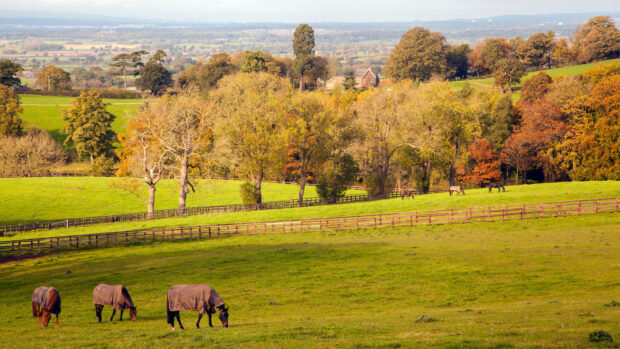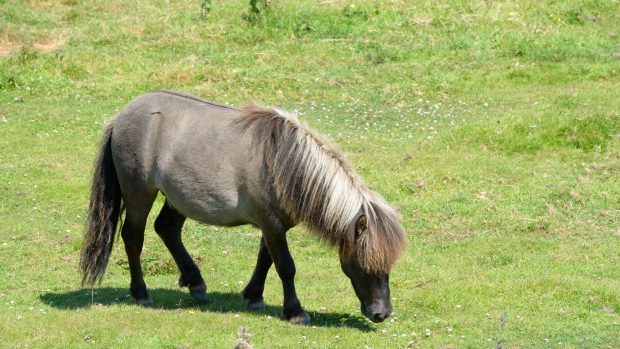Dodson & Horrell’s Fourth International Conference on Feeding Horses, sponsored by Horse & Hound, revealed new findings on laminitis, rider fitness and ragwort
Laminitis
Dr Chris Pollitt from Queensland University, Australia, presented the culmination of four years’ research into fructans (grass sugars) and laminitis. Dr Pollitt has proven conclusively that fructans cause laminitis, one of the last unsolved mysteries of veterinary medicine, and it is his ambition to solve the mystery.
The possibility of fructans’ involvement was first raised in 1997 by Dr Karen Hinkley at the second feeding conference and discussed further in 1998 and at last year’s conference by Dr Annette Longland.
It was this work that inspired Dr Pollitt to devote his research team’s time to the link and he was able to show the effect that fructans had on the lamellae (small structures in the hoof) of ponies suffering from fructan-induced laminitis.
Researchers around the world, including Dr Simon Bailey from London Vet School, are of the opionion that endotoxins – bacterial toxins occuring in the hindgut when a horse is overfed – do not always induce laminitis. Dr Pollitt thinks that substances produced by the “bad” bacteria are responsible for inducing the disease.
He has named these laminitis trigger factors (LTFs) and if he can identify these factors, researchers may be able to develop substances to block their effect on the laminae.The other question is whether laminitis is similar to human type II diabetes.
Laminitis commonly creeps up gradually when horses are middle-aged and becoming overweight. The possibility exists that obesity in horses can lead to problems with blood sugar control by insulin. Insulin resistance in hoof tissues could mean that glucose entry into some types of lamellar cells is limited.
Progressive weakening of lamellae follows until there is clinical lameness – vague at first, but insidiously worsening day by day. Lamellae weakened via an insulin-resistance pathway may make horses prone to other causes of laminitis. This laminitis model is new and stems from Dr Pollitt’s earlier research.
Rider fitness
Dr David Marlin from the Animal Health Trust and Dr Dean Sewell of Heriott Watt University eloquently covered sports science for the horse and rider.
“Unfit riders at all levels of competition are preventing Britain from winning medals. There is a dearth of research into the rider as an athlete and this needs to be addressed if we are to have winning teams of equine and human athletes,” said Dr Sewell.
Dr Marlin described in detail how and when a horse uses different energy sources, how to train to maximise the correct energy source for the differing disciplines and when to feed in relation to competition.
Dr Marlin’s hard-hitting message was: “How we feed, when we feed and how we warm up our horses will affect the energy available for their performance and ultimately Britain’s medal success orotherwise.”
Ragwort kills
Five hundred horses were killed in 2001 by ragwort poisoning and this number is likely to double in 2002, estimated Dr Derek Knottenbelt.
The race is now on to develop a blood test that will detect the ingestion of ragwort before the clinical signs become apparent.
The passionate presentation by Dr Knottenbelt spurred delegates to donate £1,790 to the charity. If one in every 18 riders donated £1, the research could be carried out and the test available within the year.
Contact Teresa Hollands (tel: 01832 737300) for collecting boxes and make cheques payable to Liverpool University (Ragwort Trust).



